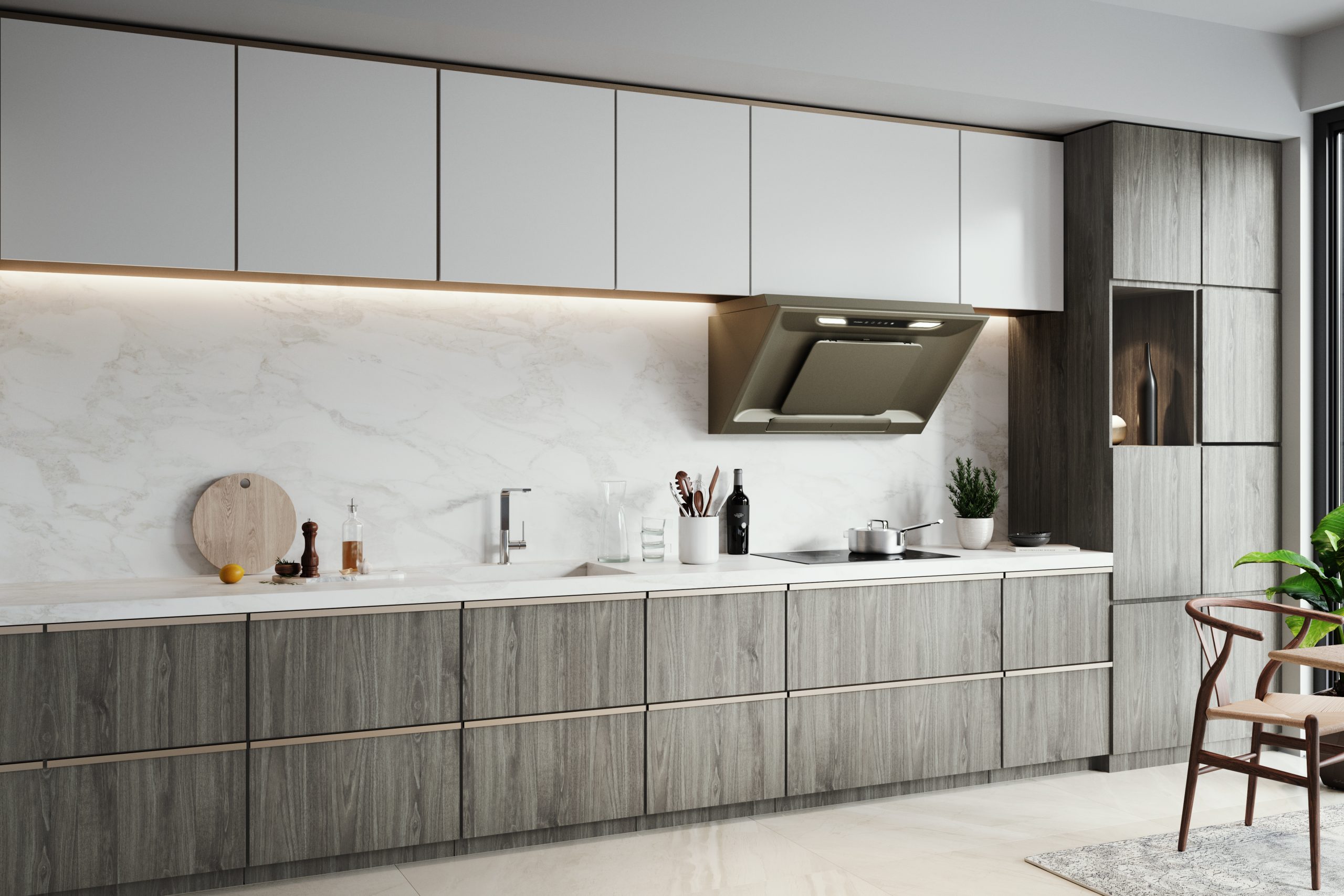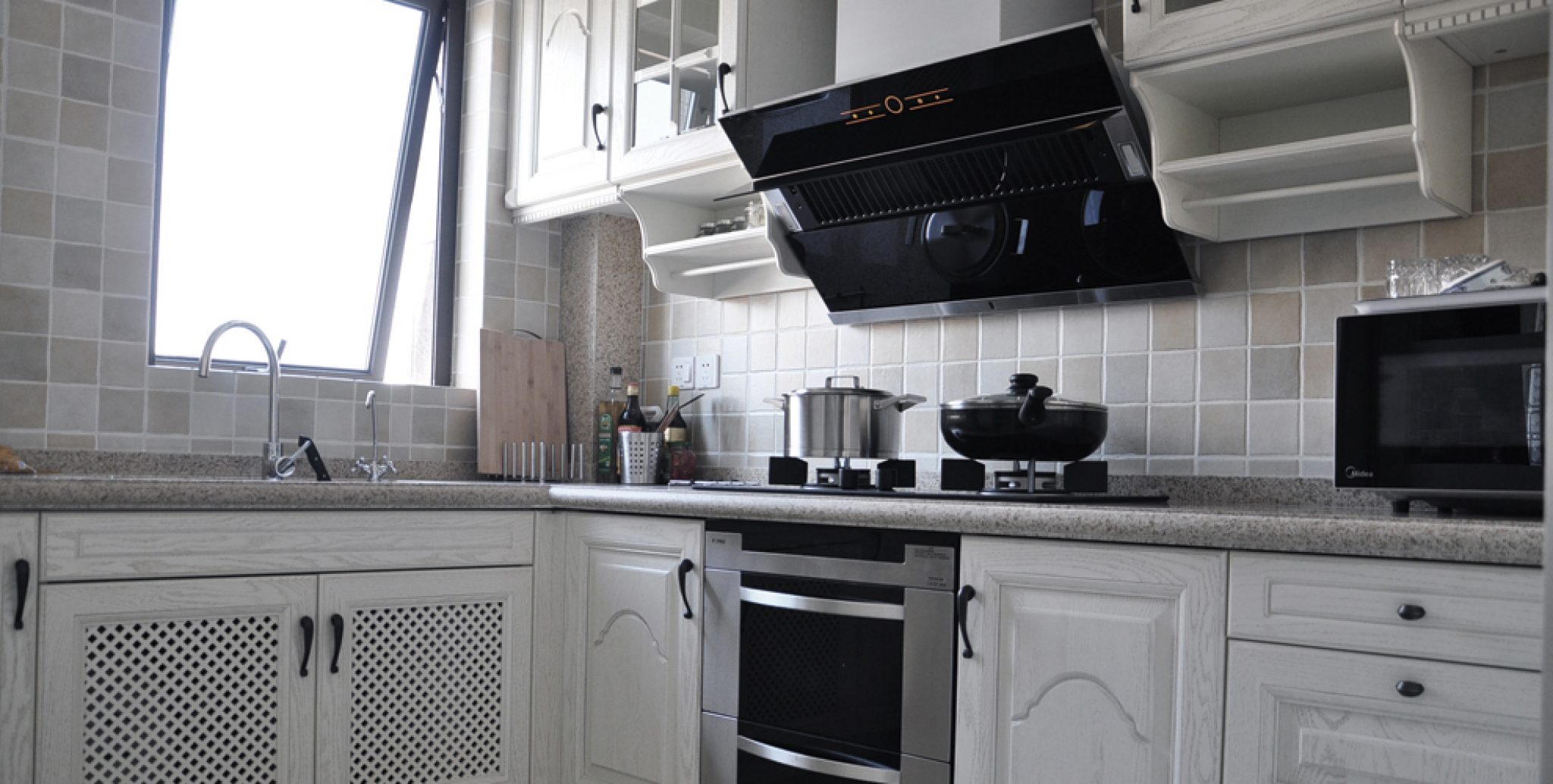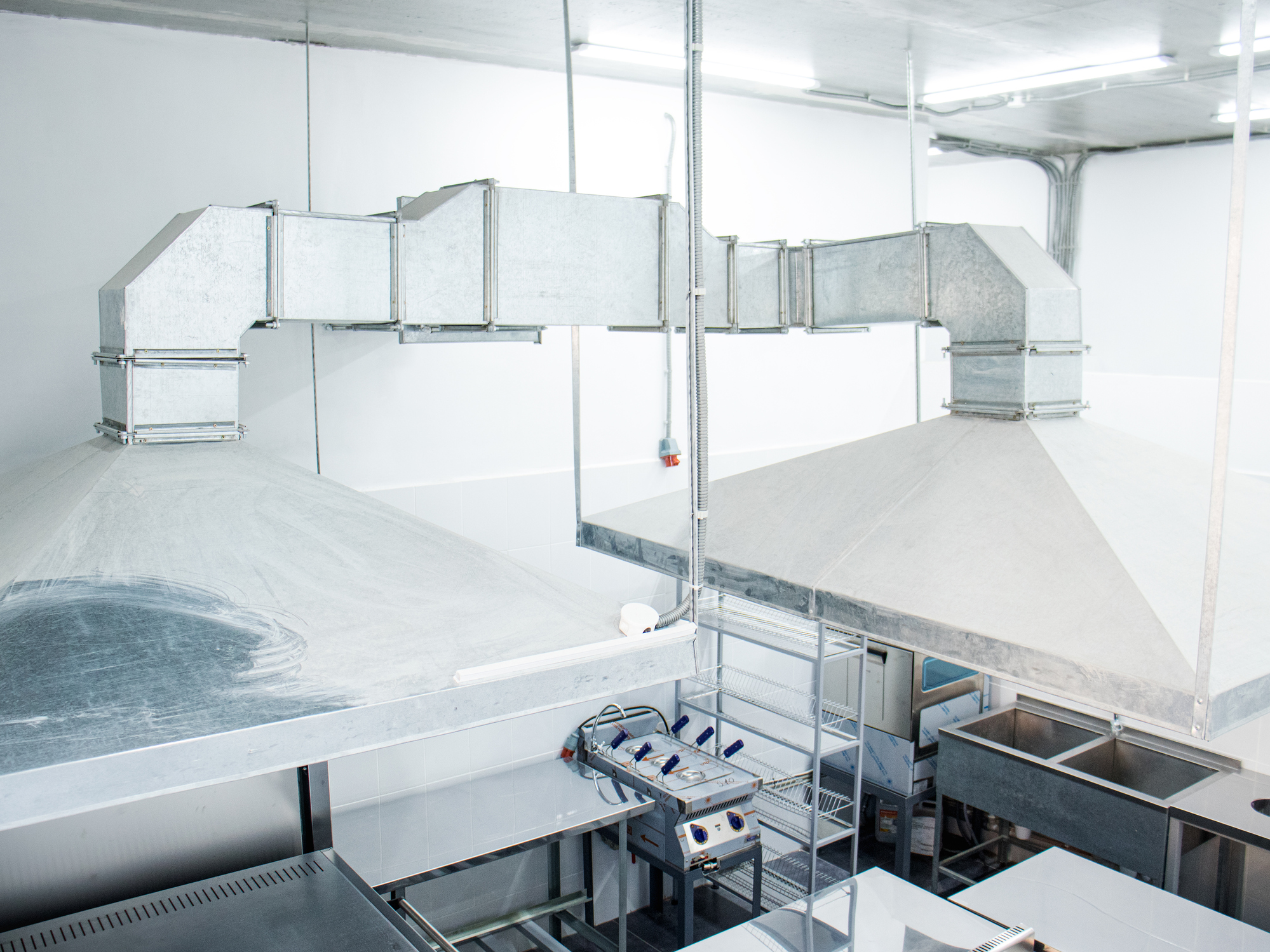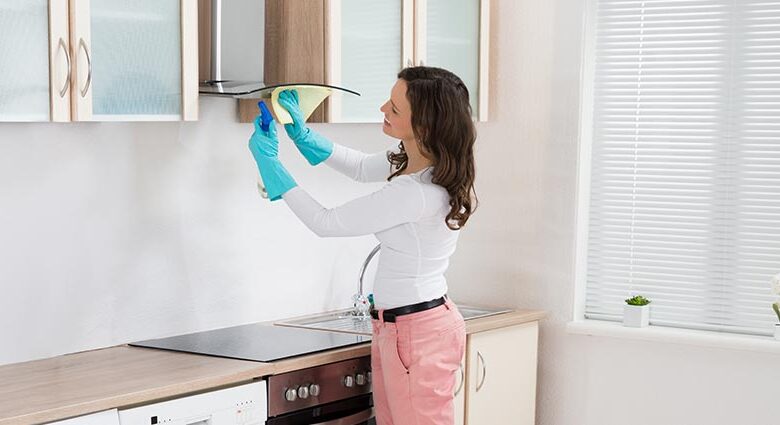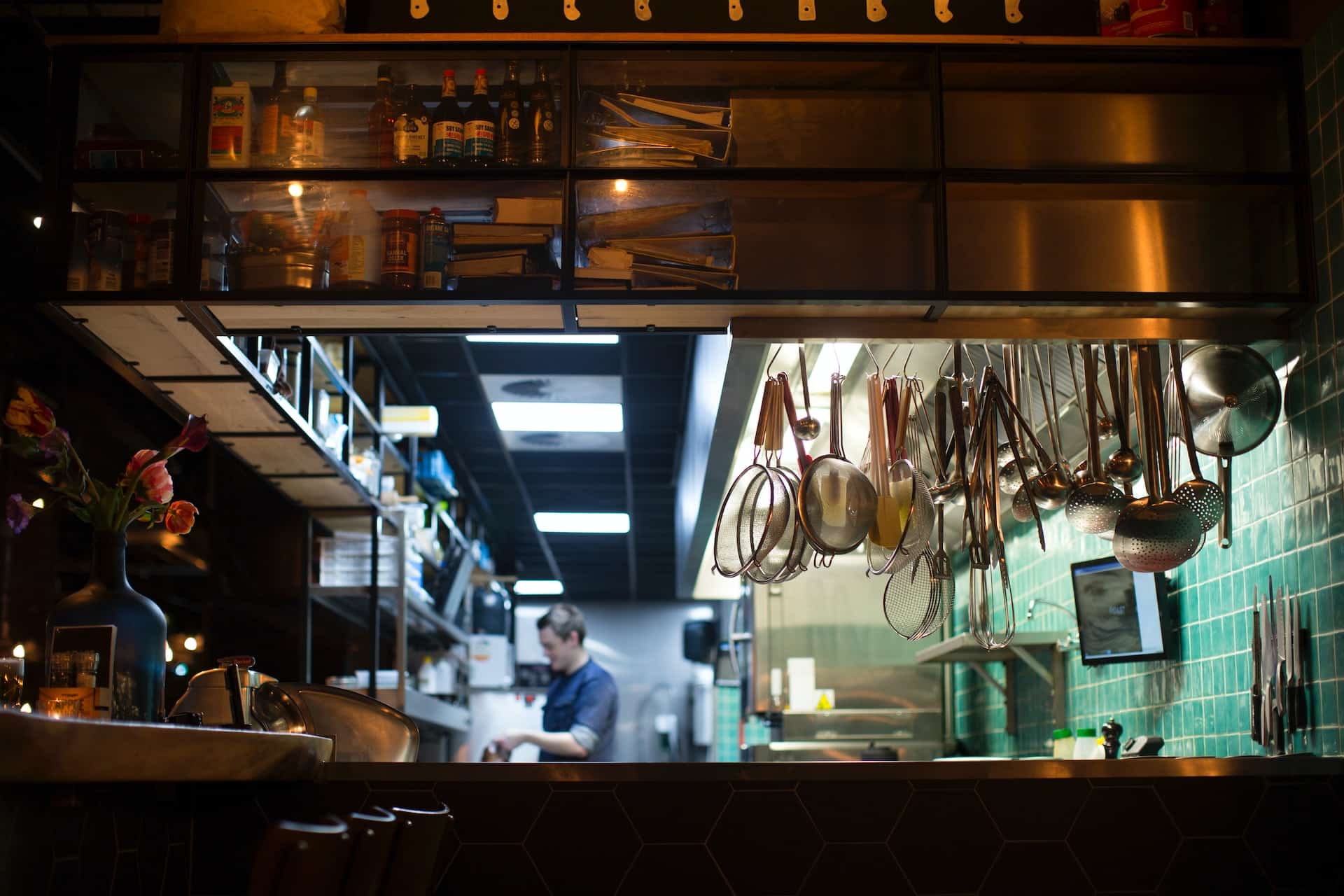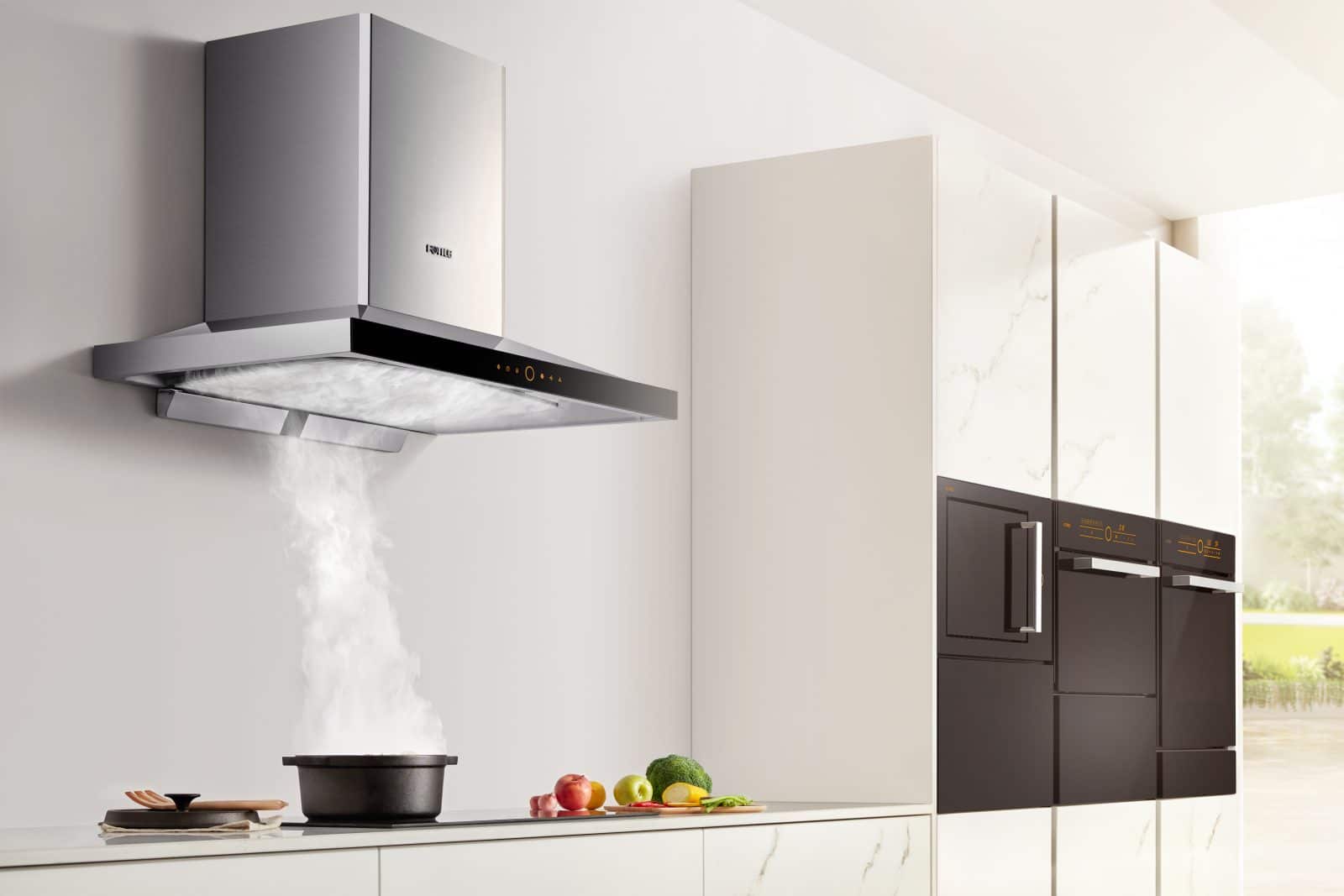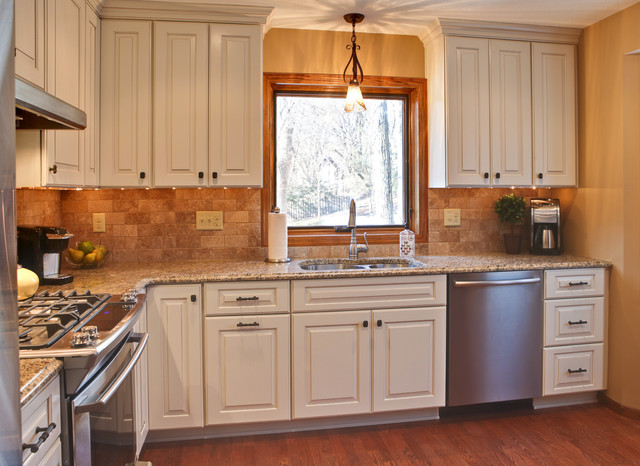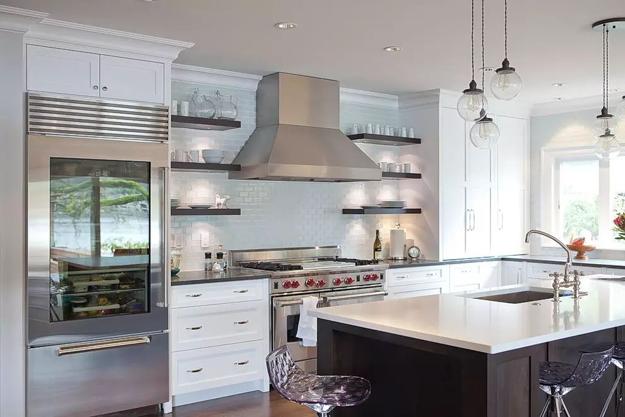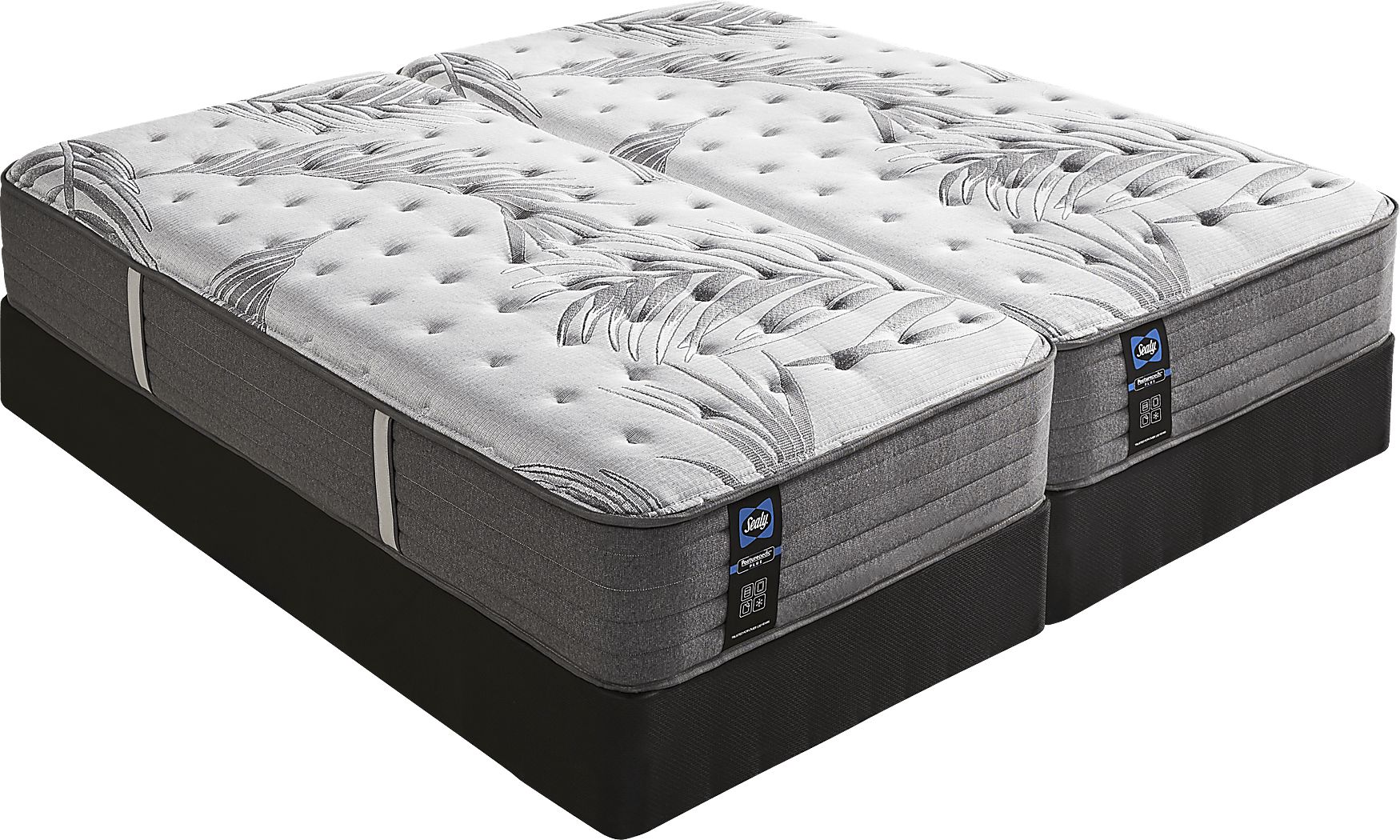When it comes to creating the perfect kitchen, many homeowners overlook the importance of a well-designed kitchen hood. Not only does it serve as a functional ventilation system, but it can also be a stylish focal point in the room. If you're planning on renovating your kitchen or building a new one, here's what you need to know about designing a kitchen hood that works.Designing a Kitchen Hood: What You Need to Know
The first step in designing a kitchen hood is to determine the size and location. Your hood should be wide enough to cover your cooktop or range, with a minimum of 3 inches on each side. As for the location, it should be centered above the cooking surface for optimal ventilation. You should also consider the height of the hood in relation to your ceiling height. Once you have the basic dimensions in place, it's time to think about the design. Will you go for a traditional chimney-style hood or a more modern island hood? This decision will depend on the layout of your kitchen and your personal style. Make sure to choose a design that complements the overall aesthetic of your space.How to Design a Kitchen Hood That Works
A properly designed kitchen hood is essential for keeping your kitchen clean and smoke-free. It helps to remove grease, smoke, and other cooking odors from the air, preventing them from lingering in your home. Without a hood, these particles can settle on your cabinets, walls, and furniture, making it more difficult to maintain a clean and healthy environment. In addition, a well-designed hood can also improve the air quality in your kitchen. It helps to remove harmful pollutants, such as carbon monoxide, that can be produced while cooking. This is especially important if you have a gas cooktop or range.The Importance of Proper Kitchen Hood Design
When designing your kitchen hood, there are a few tips and tricks that can help you create the perfect balance of style and function. One important consideration is the power of the hood's ventilation system. It should be able to effectively remove all cooking odors and smoke from your kitchen. Look for hoods with multiple fan speeds and high cubic feet per minute (CFM) ratings. Another tip is to choose a hood that is easy to clean and maintain. Look for models with removable and dishwasher-safe filters, as well as smooth surfaces that are easy to wipe down. This will help to keep your hood looking new and functioning properly for years to come.Designing a Kitchen Hood: Tips and Tricks
When designing your kitchen hood, it's important to consider the layout and flow of your kitchen. The hood should not obstruct any pathways or cause any safety hazards. It's also important to make sure there is enough clearance between the hood and any cabinets or shelves above it. Another consideration is the noise level of the hood. While it's important for the ventilation system to be powerful, you don't want it to be too loud that it disrupts conversations or other activities in the kitchen. Look for hoods with noise ratings of 3 sones or less.Key Considerations for Designing a Kitchen Hood
When it comes to designing a kitchen hood, there are a few common mistakes that homeowners make. One is choosing a hood that is too small for the cooktop or range. This can lead to inadequate ventilation and a buildup of grease and odors in your kitchen. Another mistake is not considering the ductwork or venting for the hood. It's important to have the proper duct size and length to ensure proper ventilation. If the duct is too small or long, it can lead to poor performance and potential safety hazards.Designing a Kitchen Hood: Common Mistakes to Avoid
If you have a small kitchen, you may be worried about sacrificing valuable storage space for a kitchen hood. However, with a well-designed hood, you can actually maximize your space. Look for models that have built-in storage shelves or racks for pots and pans, or choose a wall-mount hood that can double as a shelf for storage. Another way to maximize space is by choosing a hood with a compact design. There are many options available, such as under-cabinet hoods or slim island hoods, that can fit seamlessly into smaller kitchens without taking up too much space.Maximizing Space with a Well-Designed Kitchen Hood
One of the main purposes of a kitchen hood is to effectively remove smoke, grease, and other cooking odors from the air. To achieve optimal ventilation, it's important to choose a hood with the right CFM rating for your kitchen size and cooking habits. As a general rule, you should aim for a hood with a minimum of 100 CFM per linear foot of cooktop. In addition, make sure your hood is properly vented to the outside. Some hoods may have the option for recirculating, but this is not as effective as venting to the outside. Proper ventilation will also help to prevent any potential fire hazards in your kitchen.Designing a Kitchen Hood for Optimal Ventilation
Your kitchen hood doesn't have to be just a utilitarian piece. It can also be a stylish addition to your kitchen design. Consider choosing a hood with a unique shape or material, such as copper or stainless steel, to add visual interest to the space. You can also incorporate lighting into the design for both functional and aesthetic purposes. When choosing the finish for your hood, consider the other finishes in your kitchen. The hood can either blend in with the surrounding cabinetry or stand out as a statement piece. Whichever you choose, make sure it complements the overall design of your kitchen.Creating a Stylish and Functional Kitchen Hood Design
As you can see, there are many factors to consider when designing a kitchen hood. From the size and location to the design and ventilation, each aspect plays a crucial role in creating a functional and stylish hood for your kitchen. Make sure to take your time and carefully consider each decision to ensure you end up with the perfect hood for your space.Designing a Kitchen Hood: Factors to Consider
Maximizing Functionality and Aesthetics: The Importance of Kitchen Hood Design
 The kitchen is often considered the heart of the home, and for good reason. It is a space where meals are prepared, memories are made, and families gather to share stories and laughter. As one of the most frequently used areas in a house, it is essential to create a kitchen that is both functional and visually appealing. One crucial element to consider in kitchen design is the
kitchen hood
. Not only does it serve a practical purpose, but it can also be a stunning focal point that ties the entire kitchen together.
The kitchen is often considered the heart of the home, and for good reason. It is a space where meals are prepared, memories are made, and families gather to share stories and laughter. As one of the most frequently used areas in a house, it is essential to create a kitchen that is both functional and visually appealing. One crucial element to consider in kitchen design is the
kitchen hood
. Not only does it serve a practical purpose, but it can also be a stunning focal point that ties the entire kitchen together.
The Functionality of Kitchen Hoods
 Kitchen hoods, also known as range hoods, serve an essential role in keeping the air in your kitchen clean and healthy. They work by removing smoke, steam, and grease particles that are produced during cooking. This not only helps to keep your kitchen smelling fresh, but it also prevents the buildup of harmful pollutants and bacteria. Hoods also provide proper ventilation, reducing the risk of fire hazards and improving air quality in the home.
Kitchen hoods, also known as range hoods, serve an essential role in keeping the air in your kitchen clean and healthy. They work by removing smoke, steam, and grease particles that are produced during cooking. This not only helps to keep your kitchen smelling fresh, but it also prevents the buildup of harmful pollutants and bacteria. Hoods also provide proper ventilation, reducing the risk of fire hazards and improving air quality in the home.
Designing for Aesthetics
 While functionality is critical, the design of a kitchen hood can also greatly impact the overall look and feel of the space. Today, there are countless options available, allowing homeowners to choose a style that best fits their preferences and complements the rest of their kitchen design. Whether you prefer a sleek and modern look or a more traditional and elegant feel, there is a kitchen hood design to suit every taste.
While functionality is critical, the design of a kitchen hood can also greatly impact the overall look and feel of the space. Today, there are countless options available, allowing homeowners to choose a style that best fits their preferences and complements the rest of their kitchen design. Whether you prefer a sleek and modern look or a more traditional and elegant feel, there is a kitchen hood design to suit every taste.
The Importance of Quality Materials
 When designing a kitchen hood, it is essential to use high-quality materials that can withstand the heat and moisture produced during cooking. Stainless steel is a popular choice as it is durable, easy to clean, and adds a contemporary touch to any kitchen. For a more rustic or natural look, copper or wood can be used to create a unique and eye-catching hood.
When designing a kitchen hood, it is essential to use high-quality materials that can withstand the heat and moisture produced during cooking. Stainless steel is a popular choice as it is durable, easy to clean, and adds a contemporary touch to any kitchen. For a more rustic or natural look, copper or wood can be used to create a unique and eye-catching hood.
Incorporating Energy Efficiency
 In addition to functionality and aesthetics, it is also crucial to consider energy efficiency when designing a kitchen hood. Choosing a hood with proper ventilation and the right size for your kitchen can help reduce energy consumption and save on utility costs. Additionally, opting for energy-efficient models with LED lighting can provide both functionality and cost savings.
In conclusion, the design of a kitchen hood is a crucial aspect of creating a beautiful and functional kitchen. By considering both functionality and aesthetics, using quality materials, and incorporating energy efficiency, homeowners can create a kitchen hood that not only improves air quality but also adds a touch of style to their home. So when designing your dream kitchen, don't forget to give proper attention to the
kitchen hood
– it's a small detail that can make a big impact.
In addition to functionality and aesthetics, it is also crucial to consider energy efficiency when designing a kitchen hood. Choosing a hood with proper ventilation and the right size for your kitchen can help reduce energy consumption and save on utility costs. Additionally, opting for energy-efficient models with LED lighting can provide both functionality and cost savings.
In conclusion, the design of a kitchen hood is a crucial aspect of creating a beautiful and functional kitchen. By considering both functionality and aesthetics, using quality materials, and incorporating energy efficiency, homeowners can create a kitchen hood that not only improves air quality but also adds a touch of style to their home. So when designing your dream kitchen, don't forget to give proper attention to the
kitchen hood
– it's a small detail that can make a big impact.





